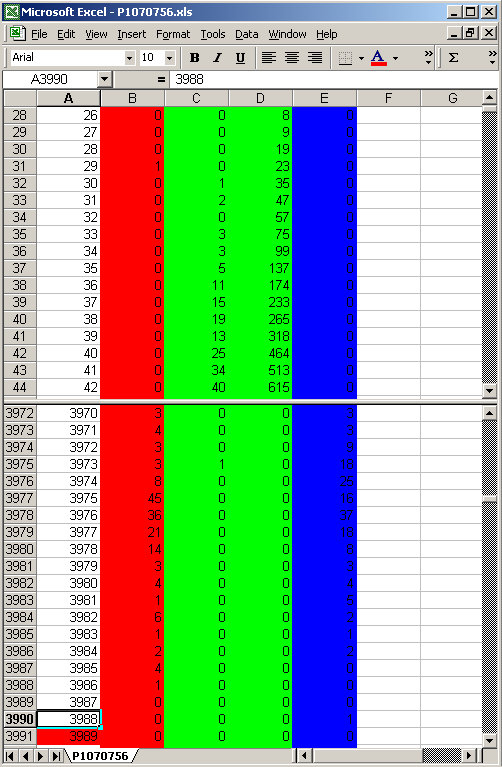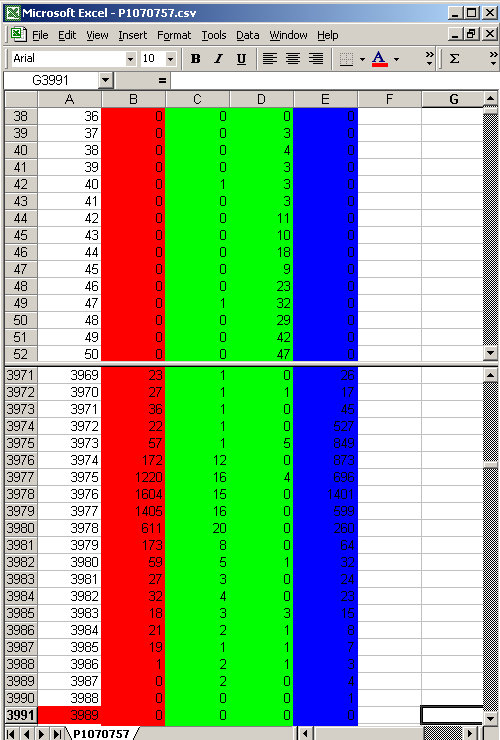http://www.zacuto.com/shootout
The GH-1 is fine at low ISOs, the Nikon D3s ----
What about the native ISO statements: 160, 320, 640, 1250, 5000, 10,000
25,650 51,200 and up? Why are these ISOs so superior?
I have heard this from others that the oscilloscope demonstrates that these ISOs are better than the others that are electronically produced from the native ISOs.
The GH-1 is fine at low ISOs, the Nikon D3s ----
What about the native ISO statements: 160, 320, 640, 1250, 5000, 10,000
25,650 51,200 and up? Why are these ISOs so superior?
I have heard this from others that the oscilloscope demonstrates that these ISOs are better than the others that are electronically produced from the native ISOs.



